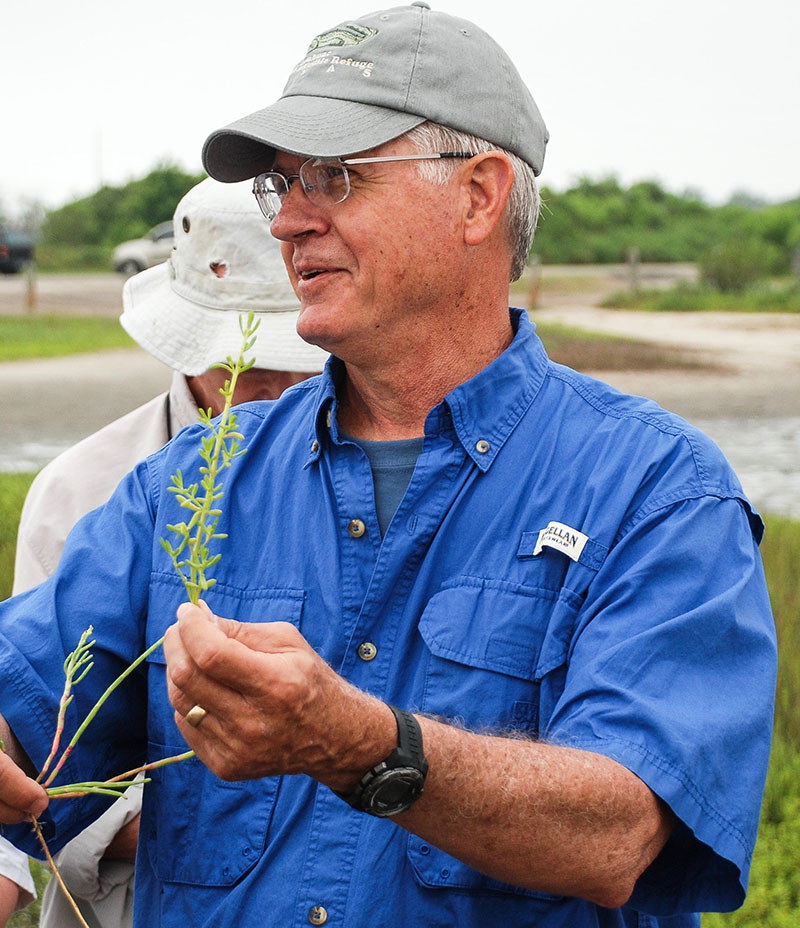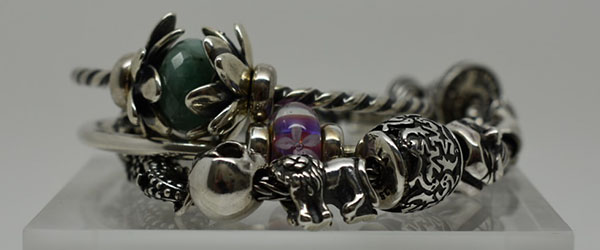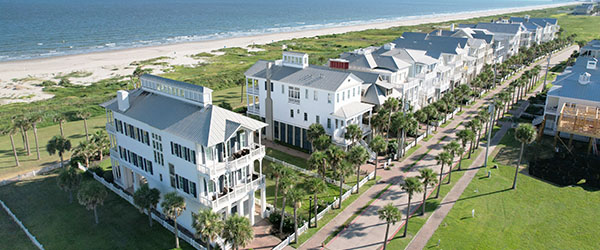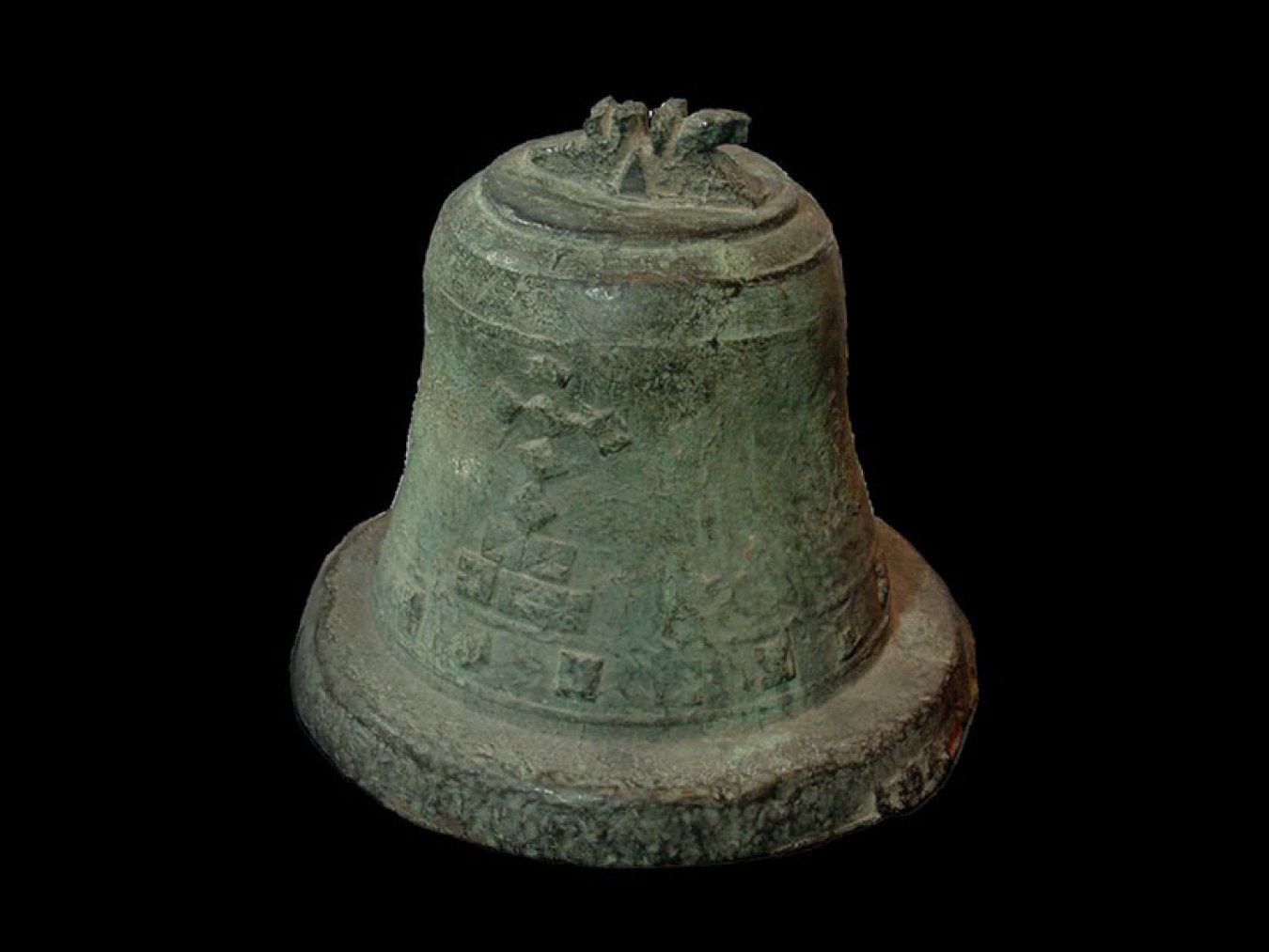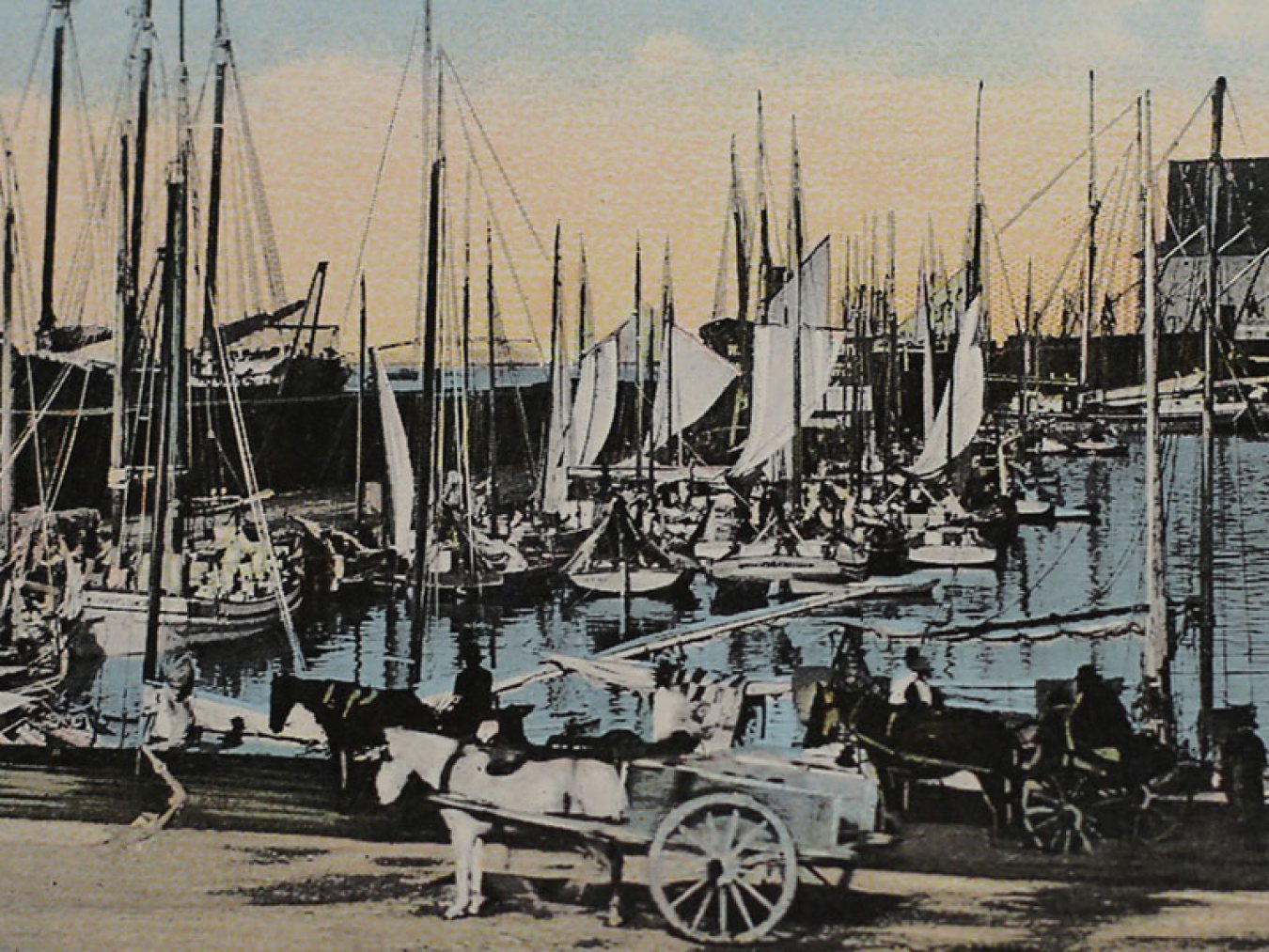Nesting Season for Endangered Sea Turtles
Five species of sea turtles make their home in the Gulf of Mexico, according to “The Gulf: The Making of an American Sea” by Jack Davis. They are the green, hawksbill, Kemp’s ridley, leatherback and loggerhead. All five are protected species listed by NOAA Fisheries as either threatened or endangered.

| Nesting female Kemp’s Ridley | Steve Alexander |
Three of the five species come ashore to nest along the Texas coast: the green, Kemp’s ridley, and loggerhead. The Kemp’s ridley is the most frequent nester. Once ashore, a female crawls to a spot on the upper beach, digs a hole in the sand, and deposits around 100 eggs. She then carefully covers them with sand before retreating back into the Gulf. Her work is accomplished in about 45 minutes.
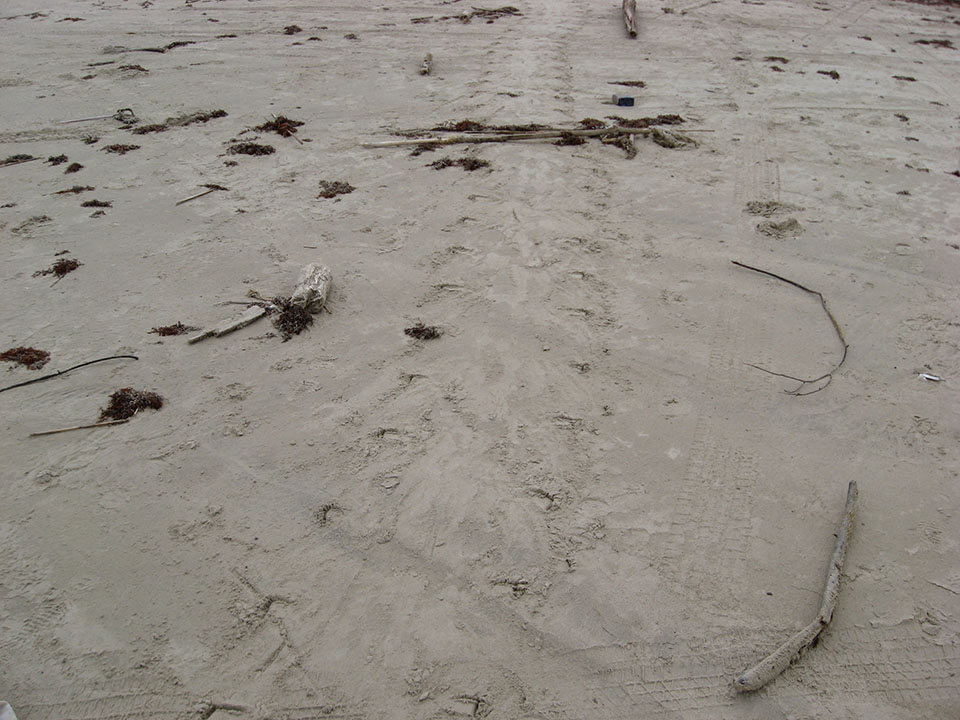
| Sea turtle tracks in the sand | Steve Alexander |
Spotting a nesting Kemp’s ridley or her tracks in the sand (see photos) is a possibility for anyone who visits our beachfront during the nesting season between April 1 and July 15.
If you come across a ridley or her tracks, call 866-TURTLE5 (866-887-8535) to alert permitted responders. While you await their arrival, keep your distance if the sea turtle is still ashore so she can complete her work. Encourage others to do the same.
When responders arrive, alert them to the location of the nest. If the turtle is still on the beach, they may tag her to find out where she goes after retreating back into the Gulf – important knowledge used to help ridley populations recover.
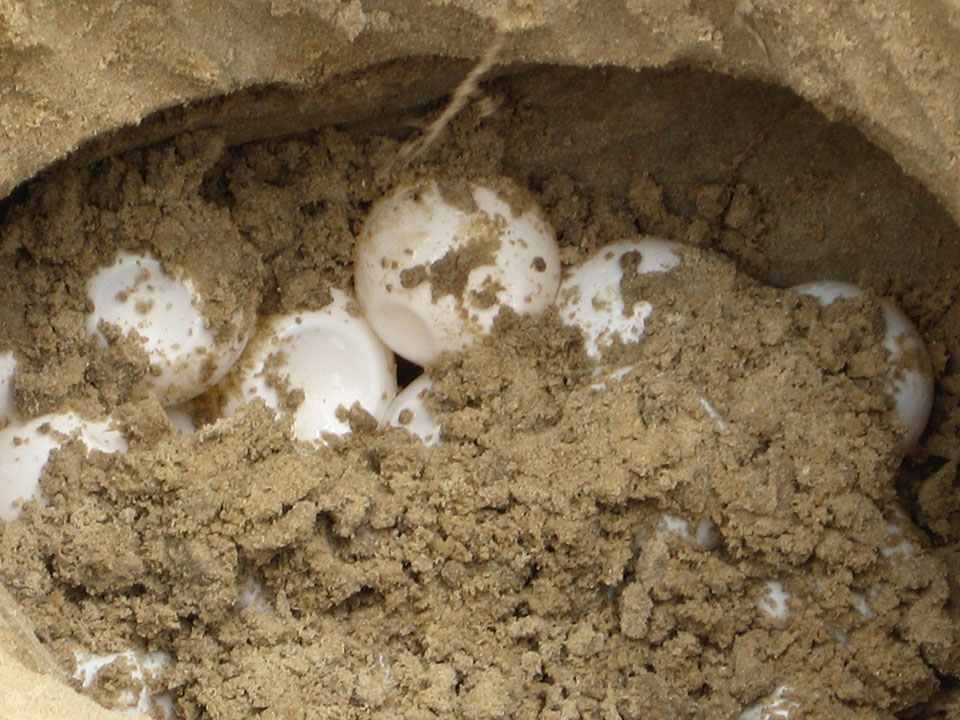
| Sea turtle eggs in excavated nest | Steve Alexander |
Responders will excavate the nest (see photo) to collect the eggs for transport to an incubation facility. Once there, they’ll be kept safe as they develop into hatchlings for release.
From a distance, you can stay and watch responders as they work. And when you leave to enjoy the rest of your stay in Galveston, it’s unlikely anything else will match that experience on the beach.
Trollbeads Bracelets
Luxury Vacation Rentals Available
Steve Alexander
Steve Alexander teaches wetlands management at Texas A&M University at Galveston and is a former member of the Board of Directors of the Galveston Island Nature Tourism Council. He is the author of Exploring Galveston: A Naturalist's Guide to the Island.